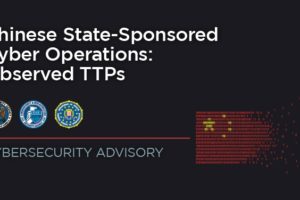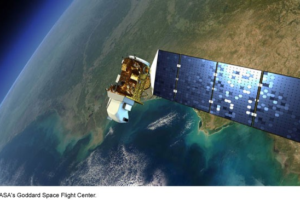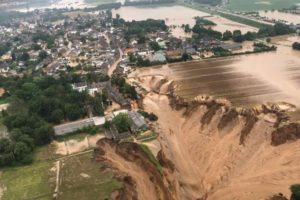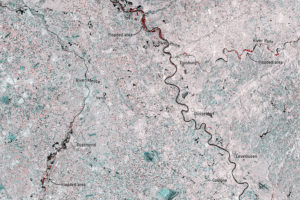
Bold regulatory approaches are needed to guide ground-breaking technology uptake, foster collaboration, and drive digital transformation in the post-COVID world, according to participants at the latest Global Symposium for Regulators (GSR-21) organized by the International Telecommunication Union (ITU).
The meetings brought together regulators from around the world to tackle the persistent, growing, global digital divide. In part, this involved adopting new guidelines for inclusive information and communication technology (ICT) regulation to “build forward better" and drive post-COVID recovery.
“Following the global social and economic disruption brought about by the COVID-19 pandemic, regulators have a unique opportunity to rethink and reshape policy principles and regulatory best practices to build ubiquitous, open and resilient digital infrastructure," said ITU Secretary-General Houlin Zhao.
Focus on holistic digital transformation
COVID-19 has prompted countries to seek more holistic, future-ready agendas for digital transformation. Accordingly, regulators discussed the need for collaborative leadership to ensure trust in the digital space; sufficient connectivity and regulatory enablers; financing to ensure affordable connectivity, meaningful access, and widespread use; safe digital inclusion; and partnerships for digital transformation.
“Effective regulation matters not just in times of crisis," said Doreen Bogdan-Martin, Director of ITU's Telecommunication Development Bureau. “To build forward better in the post-COVID digital world, we need agile and ground-breaking approaches and tools for digital regulation to accelerate the sustainable and inclusive growth of ICTs. Connectivity, access and use are ultimately at the heart of the digital transformation. Along with fit-for-purpose regulatory approaches, these are the predominant enablers of competitiveness and key to the future prosperity of people, communities, countries and regions everywhere."
New GSR-21 Best Practice Guidelines
Innovative tools and approaches are outlined in the newly released GSR-21 Best Practice Guidelines: Regulatory uplift for financing digital infrastructure, access and use.
Approaches to ICT regulation need to be globally consistent yet flexible, allowing each national framework to be tailored to meet local needs, regulators taking part in GSR-21 agreed.
Mercy Wanjau, Acting Director-General of the Communications Authority of Kenya and Chair of GSR-21, said: “The regulatory Best Practice Guidelines crafted and adopted by regulators and policy makers at GSR have been guiding all of us through challenges and new endeavours. I call upon regulators everywhere to leverage the GSR-21 Guidelines in adopting and implementing globally agreeable approaches that are relevant to their national circumstances and leverage collaboration across the board."
The guidelines emphasise the need for a collaborative, whole-of-government approach to regulation, focusing particularly on the role of effective and agile financing, prototyping regulatory patterns and approaches, and transformational leadership, to drive faster and more inclusive connectivity and ensure safe digital inclusion for all in the wake of the pandemic.
Key recommendations include:
- Alternative mechanisms for funding and financing digital infrastructures across economic sectors. Regulators should encourage investment and help to create competitive markets for future-proof broadband and digital services. Investment is also needed in non-commercial areas to make digital services available and affordable for all, while ensuring that basic regulatory needs are met.
- Promotion of local innovation ecosystems that enable the development of emerging technologies and business models. Regulators must create a safe space for digital innovation and experimentation. New approaches to regulation should protect consumers while encouraging market growth and ensuring resilience in future networks and services.
- Spectrum innovation and efficient use. New approaches may be needed to enhance regulatory foresight, harness data to target interventions, and create space for regulators and industry to experiment together. Spectrum innovation is just one such example.
- Ambitious yet executable regulatory roadmaps. The proposed best practices from GSR 21, if widely adopted, could help countries leapfrog ahead in economic development, maximize the benefits of ICT uptake, and ensure that these immense opportunities reach everyone.
In addition to the GSR-21 Best Practice Guidelines, GSR-21 saw the release of several new publications and platforms: Financing Universal Access to Digital Technologies and Services, Econometric Modelling in the context of COVID-19, collaborative case studies, and ICT Regulatory Tracker 2020.











